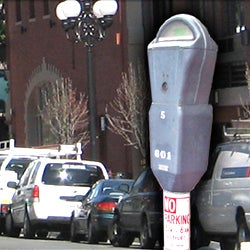The Wangenheim Room - Collection
The Wangenheim collection traces the history of book making and includes Egyptian papyrus, vellum manuscripts, lacquered palm leaf books from India, a bark codex, Chinese silk scrolls, and early handmade papers from Japan. Below is a sample of the rare items in the collection. For more on the Wangenheim collection, visit the Library's online catalog.
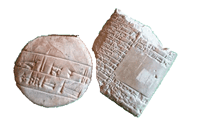
Babylonian clay tablets inscribed with cuneiform characters, ca. 2300 BCE.
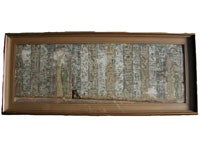
Egyptian hieroglyphics painted on wood, ca. 400 BCE.
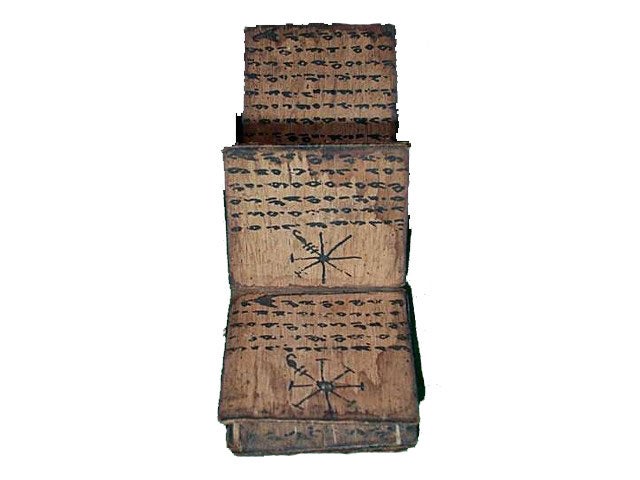
Writing on squares of bark from Sumatra. Possibly Indonesian incantations and magic cures in Batak script ca. 1850.
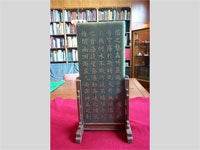
Tablet with Chinese characters incised in gold.
Date unknown.
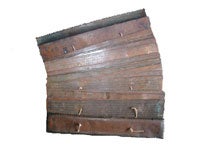
Burmese prayers on heavy copper plates. Sri Lanka.
18th or 19th century.
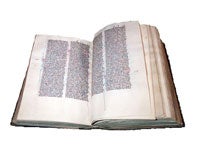
Latin Bible on vellum, 1260, Bible, Latin, Vulgate. Manuscript in black gothic miniscule. 17th century binding. (Book of Psalms bound in back was published in London in 1646.)
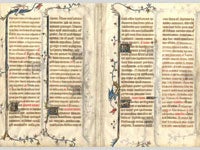
Manuscript Leaf from 14th Century. Original leaves from 14th century French manuscript, ca. 1335.
These Illuminated vellum pages were probably made in Paris between 1330 and 1340.
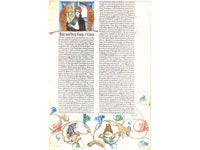
Saint Thomas Aquinas. A leaf from Scriptum in IV Libros Sententiarium.
Venedig, Nicolas Jenson, 1481.
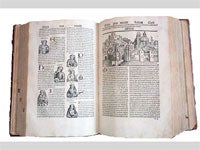
Augsburg edition of Nuremberg Chronicle-1497.
Example of incunabula. Books printed from 1456 up to and including 1500 are called incunabula, the Latin word meaning cradle because they were printed during the infancy of printing. The printers used 645 different wood blocks to produce the 1,809 illustrations.
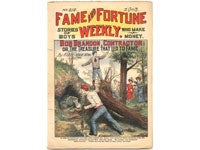
From the Raymond A. Mengar Dime Novel Collection, 1898-1928.








